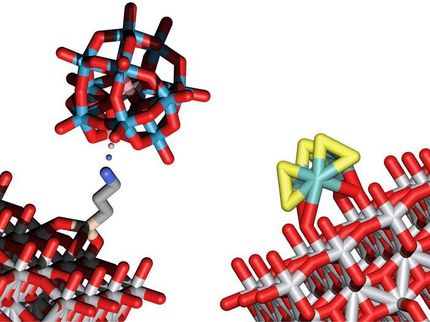Chemists challenge conventional understanding of how photocatalysis works
New model proposed by UC Riverside researchers could help identify better promoters for photocatalysis
photocatalysis is a promising route to convert solar energy into chemical fuels. Particularly appealing is the possibility to use photocatalysis to split water molecules into molecular hydrogen. Although photocatalysis has been around for many years, the search for viable photocatalysts to facilitate the splitting of water molecules continues to date.
Photocatalysts are most often semiconductors, with metals such as platinum or gold added to promote their activity. However, these metals (or "promoters") are expensive. There is a need, therefore, to find more economical alternatives. Now a team of chemists at the University of California, Riverside has come up with a model to explain this promoting effect that could shift the focus in the search for substitutes of the metals and help identify better promoters for photocatalysis in the near future.
The conventional understanding is that the production of hydrogen from water is promoted due to a fast transfer of excited electrons from the semiconductor to the metal. The UC Riverside researchers report experimental evidence that challenges this well-established explanation.
They note in their paper that electron transfer from the semiconductor to the metal may not play a significant role in photocatalysis. Instead, their data support a model where the excited electron promotes the reduction of hydrogen atoms on the surface of the semiconductor, not the metal, and where the reduced atomic hydrogen then migrates from the semiconductor to the metal to recombine and yield molecular hydrogen. In effect, the metal acts as a regular catalyst for the recombination of hydrogen atoms.
"The idea that the function of the metal is to act as a chemical rather than an electronic agent, by recombining hydrogen atoms rather than trapping electrons, is somewhat radical, and has not been proposed before—as far as we know," said Francisco Zaera, a distinguished professor of chemistry, who led the research. "Our results lead us to argue that what is needed is a good atomic hydrogen recombination catalyst."
Most read news
Organizations
Other news from the department science

Get the chemical industry in your inbox
From now on, don't miss a thing: Our newsletter for the chemical industry, analytics, lab technology and process engineering brings you up to date every Tuesday and Thursday. The latest industry news, product highlights and innovations - compact and easy to understand in your inbox. Researched by us so you don't have to.




























































